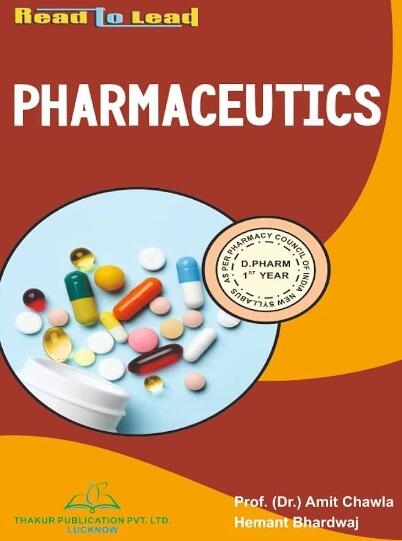Characterizing Extracellular Vesicles Generated from the Integra CELLine Culture System and Their Endocytic Pathways for Intracellular Drug Delivery
IF 4.9
3区 医学
Q1 PHARMACOLOGY & PHARMACY
引用次数: 0
Abstract
Extracellular vesicles (EVs) have attracted great attention as promising intracellular drug delivery carriers. While the endocytic pathways of small EVs (sEVs, <200 nm) have been reported, there is limited understanding of large EVs (lEVs, >200 nm), despite their potential applications for drug delivery. Additionally, the low yield of EVs during isolation remains a major challenge in their application. Herein, we aimed to compare the endocytic pathways of sEVs and lEVs using MIA PaCa-2 pancreatic cancer cell-derived EVs as models and to explore the efficiency of their production. The cellular uptake of EVs by MIA PaCa-2 cells was assessed and the pathways were investigated with the aid of endocytic inhibitors. The yield and protein content of sEVs and lEVs from the Integra CELLine culture system and the conventional flasks were compared. Our findings revealed that both sEVs and lEVs produced by the Integra CELLine system entered their parental cells via multiple routes, including caveolin-mediated endocytosis, clathrin-mediated endocytosis, and actin-dependent phagocytosis or macropinocytosis. Notably, caveolin- and clathrin-mediated endocytosis were more prominent in the uptake of sEVs, while actin-dependent phagocytosis and macropinocytosis were significant for both sEVs and lEVs. Compared with conventional flasks, the Integra CELLine system demonstrated a 9-fold increase in sEVs yield and a 6.5-fold increase in lEVs yield, along with 3- to 4-fold higher protein content per 1010 EVs. Given that different endocytic pathways led to distinct intracellular trafficking routes, this study highlights the unique potentials of sEVs and lEVs for intracellular cargo delivery. The Integra CELLine proves to be a highly productive and cost-effective system for generating EVs with favourable properties for drug delivery.鉴定由 Integra CELLine 培养系统产生的细胞外囊泡及其内吞途径,促进细胞内药物输送
细胞外囊泡(EVs)作为一种前景广阔的细胞内药物递送载体引起了人们的极大关注。尽管小EVs(sEVs,200 nm)具有潜在的药物递送应用前景,但它们的内细胞途径却不尽人意。此外,EVs 分离过程中的低产率仍是其应用面临的一大挑战。在此,我们以 MIA PaCa-2 胰腺癌细胞衍生的 EVs 为模型,比较了 sEVs 和 lEVs 的内吞途径,并探讨了它们的生产效率。研究人员评估了 MIA PaCa-2 细胞对 EVs 的摄取情况,并借助内吞抑制剂研究了内吞途径。我们比较了 Integra CELLine 培养系统和传统烧瓶中 sEVs 和 lEVs 的产量和蛋白质含量。我们的研究结果表明,由 Integra CELLine 系统产生的 sEVs 和 lEVs 都是通过多种途径进入亲代细胞的,包括洞穴素介导的内吞、凝集素介导的内吞、肌动蛋白依赖的吞噬或大蛋白细胞吞噬。值得注意的是,洞穴素和凝集素介导的内吞作用在吸收 sEVs 的过程中更为突出,而肌动蛋白依赖的吞噬作用和大蛋白细胞吞噬作用对 sEVs 和 lEVs 的吸收都很重要。与传统烧瓶相比,Integra CELLine 系统的 sEVs 产量提高了 9 倍,lEVs 产量提高了 6.5 倍,每 1010 个 EVs 的蛋白质含量提高了 3 到 4 倍。鉴于不同的内细胞途径会导致不同的细胞内转运路线,这项研究突出了 sEVs 和 lEVs 在细胞内货物运输方面的独特潜力。事实证明,Integra CELLine 是一种生产效率高、成本效益高的系统,可用于生成具有良好药物递送特性的 EVs。
本文章由计算机程序翻译,如有差异,请以英文原文为准。
求助全文
约1分钟内获得全文
求助全文
来源期刊

Pharmaceutics
Pharmacology, Toxicology and Pharmaceutics-Pharmaceutical Science
CiteScore
7.90
自引率
11.10%
发文量
2379
审稿时长
16.41 days
期刊介绍:
Pharmaceutics (ISSN 1999-4923) is an open access journal which provides an advanced forum for the science and technology of pharmaceutics and biopharmaceutics. It publishes reviews, regular research papers, communications, and short notes. Covered topics include pharmacokinetics, toxicokinetics, pharmacodynamics, pharmacogenetics and pharmacogenomics, and pharmaceutical formulation. Our aim is to encourage scientists to publish their experimental and theoretical details in as much detail as possible. There is no restriction on the length of the papers. The full experimental details must be provided so that the results can be reproduced.
 求助内容:
求助内容: 应助结果提醒方式:
应助结果提醒方式:


